CORBETT NATIONAL PARK – A TRAVELLER’S GUIDE 2024
In the foothills of the Himalayas, approximately 300 km from New Delhi, lies the Corbett National Park—an exemplary gem among India’s initial national parks. Renowned for its rich history, the park’s origins trace back to an era when a thriving community dwelled along the Ramganga river, leaving cultural remnants visible in riverside temples. This community sustained itself by clearing the duns’ forests, a pristine expanse until the British arrived, causing considerable devastation within a decade. Major Ramsay intervened, implementing timber-cutting licenses, deploying firefighters, and halting cultivation in parts.
During the 1930s, tiger shooting gained popularity, attracting viceroys and dignitaries to the United Provinces’ terai and bhabar tracts. Despite this, conservationists and conscientious hunters, averse to tiger shikar as a massacre, persuaded Sir Malcolm Hailey, then Governor of the United Provinces, to designate a 256 sq km area for a national park. Established on 8th August 1936, India’s inaugural national park initially bore the name Ramganga National Park after the life-giving river. In 1957, it was renamed Corbett National Park to honor Jim Corbett, the iconic hunter-naturalist turned conservationist, renowned for his wildlife photography and best-selling adventure books.
In the 1970s, heightened awareness of the tiger’s endangered status, with fewer than 2000 left in jungles, prompted the launch of Project Tiger on 1st April 1973 in Corbett National Park, supported by the World Wildlife Fund. Recognized for its proximity to New Delhi, Corbett National Park is a popular destination for wildlife safaris, particularly for Jim Corbett tiger safaris, standing as a testament to conservation efforts. Ranthambhore National Park in Rajasthan is another noteworthy tiger reserve in close proximity after Corbett.
Reaching Corbett national Park
Air
The closest international airport to Corbett is Indira Gandhi International Airport in New Delhi. Situated just 275 kilometers away, it’s a 6-hour drive to Corbett National Park from the Indira Gandhi Airport.
Train
For those traveling by train, the nearest railway station is Ramnagar. Located 40 kilometers away, it takes approximately 1 hour to drive from Ramnagar railway station to Corbett National Park.
Road
Corbett National Park is easily accessible by road, with New Delhi at a distance of 275 kilometers, making for a 6-hour drive. Alternatively, one can opt to drive from Agra, which is situated 350 kilometers away, resulting in a 6-7 hour journey to the park.
Popular Corbett Tiger Safari Tours
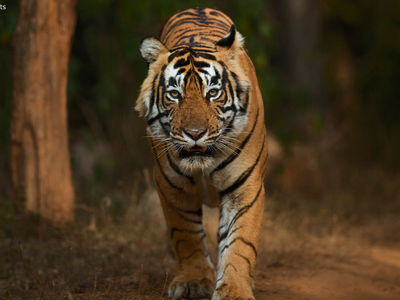
9 Nights 10 Days
Top Rated Safari Tour
Kanha, Bandhavgarh and Pench Tiger Safari Tour
Stay vigilant and attentive to discover the most authentic tiger safari excursion, a thrilling experience reminiscent of Rudyard Kipling’s renowned novel, “The Jungle Book.”
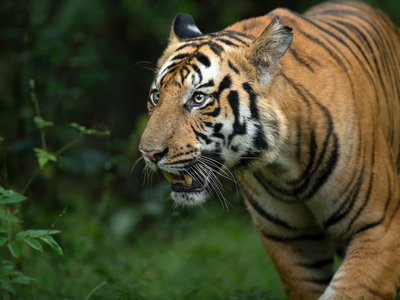
9 Nights 10 Days
Top Rated Safari Tour
JUST TIGERS SAFARI TOUR IN
INDIA
Stay vigilant and attentive to discover the most authentic tiger safari excursion, a thrilling experience reminiscent of Rudyard Kipling’s renowned novel, “The Jungle Book.”
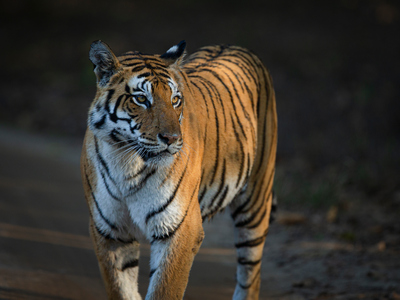
9 Nights 10 Days
Top Rated Safari Tour
LUXURY TIGER SAFARI IN CENTRAL INDIA
Stay vigilant and attentive to discover the most authentic tiger safari excursion, a thrilling experience reminiscent of Rudyard Kipling’s renowned novel, “The Jungle Book.”
Best Season For Tiger Sightings At Bandhavgarh National Park
Corbett National Park welcomes visitors from 15th November to 15th June, presenting a range of seasons to explore based on individual preferences. Corbett experiences three distinct seasons.
Winter Season (November to February): During this period, nights are chilly, averaging 5° C, with frost and lingering morning fog. The sun offers a pleasant daytime temperature around 25° C. Winter showcases picturesque sunrises for morning safaris, favored by wildlife photographers for capturing Tigers against foggy backdrops.
Summer Season (March to June): March to June, with May and June being the hottest months, sees daytime temperatures averaging 44° C. Evenings and nights, however, bring relief with pleasant temperatures around 21° C. The hot season attracts visitors due to increased tiger sightings; Tigers venture out for water and cooling in the heat.
Monsoon Season (July to October): Closed for tourists during the monsoon, the park receives substantial rainfall, ranging between 60 to 112 inches. Roads for tiger safaris become impassable due to heavy downpours. The jungle turns into a steamy environment with high humidity, prompting animals to retreat to the hilly areas of Corbett National Park, offering them respite from human observation.
Zoning In : The Corbett National Park Experience
Prime Destination: Dhikala Zone Dhikala Zone remains the top choice for tourists, coveted for its Forest Rest House night stay, a must for any tiger or wildlife safari enthusiast. Positioned on the outskirts of Patil Dun valley along the Ramganga river, Dhikala Forest Rest House offers a picturesque setting within Corbett National Park. As the largest zone, Dhikala provides a vast array of species for jeep safaris, including the famed Dhikala Chaur, a grassland where majestic elephants roam. Safaris, both morning and evening, are conducted by jeep, and day visits in the Dhikala Zone are facilitated by Canter safaris.
Next in Line: Bijrani Zone Bijrani follows Dhikala in popularity, boasting captivating landscapes with grasslands, dense sal forests, and flowing streams comparable to Dhikala. Forest Rest Houses in the heart of this zone promise adventurous night stays. Jeep safaris are offered in both morning and afternoon shifts, allowing 30 jeeps per shift to explore this enchanting region.
Recent Attraction: Jhirna Zone Introduced in 1994, the Jhirna Zone has become a highly visited destination for day safaris, welcoming tourists throughout the year. Frequent tiger sightings are reported, and the zone is home to easily spotted elephants and Sambar. Jhirna and Dhela Forest Rest Houses cater to visitors exploring this zone.
Newcomer’s Charm: Dhela Zone Added in 2014, Dhela Zone, open year-round, is a favorite among bird watchers, boasting a diverse range of bird species, establishing itself as the premier zone for birding enthusiasts.
Enchanted Haven: Durga Devi Blessed by the Ramganga and Mandal rivers, Durga Devi captivates with its hilly topography, making it an enchanting landscape for nature lovers. This zone, abundant in bird species, stands out as a haven for bird watchers.
Wildlife At Corbett national Park
Corbett National Park boasts an impressive catalog, with over 50 mammal species, 580 bird varieties, and 25 reptile types documented. Recognized as a tiger haven, the reserve owes its thriving tiger population to the abundant prey available.
The park’s terrain supports four deer species, wild boars, and various smaller animals, sustaining the predators. Leopards frequent the hilly regions, occasionally venturing into lower jungles. The Bijrani zone is home to sloth bears, while Himalayan black bears roam the higher elevations of Kanda.
Smaller mammal residents include yellow-throated martens, Himalayan palm civets, Indian gray mongooses, common otters, and black-napped hares. Porcupines make sporadic appearances in the Dhikala complex. Elephants, a major draw besides tigers, add to the park’s allure.
Corbett hosts four deer varieties, with Chital, or spotted deer, hailed as among the world’s most beautiful. Hog deer thrive near the Ramganga river, while sambar deer, the largest Asiatic deer, are targeted by adult tigers. Kakkar, or barking deer, represent the smallest of the four. Ghoral, wild boar, and langur monkeys further enrich the Corbett experience
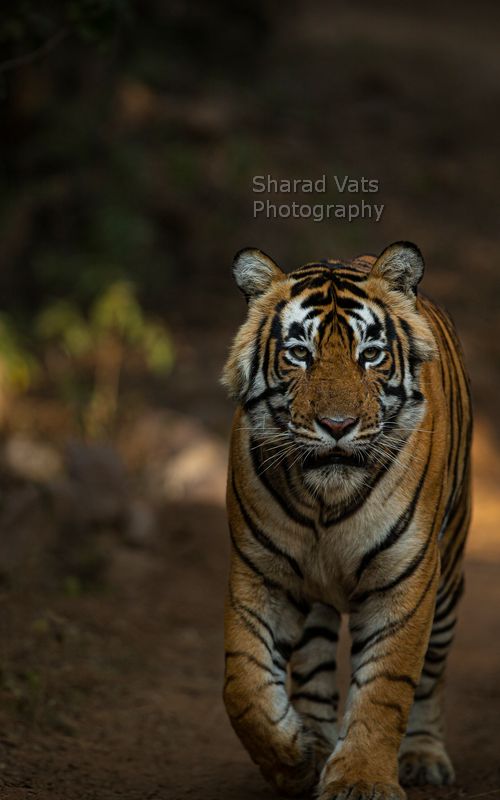
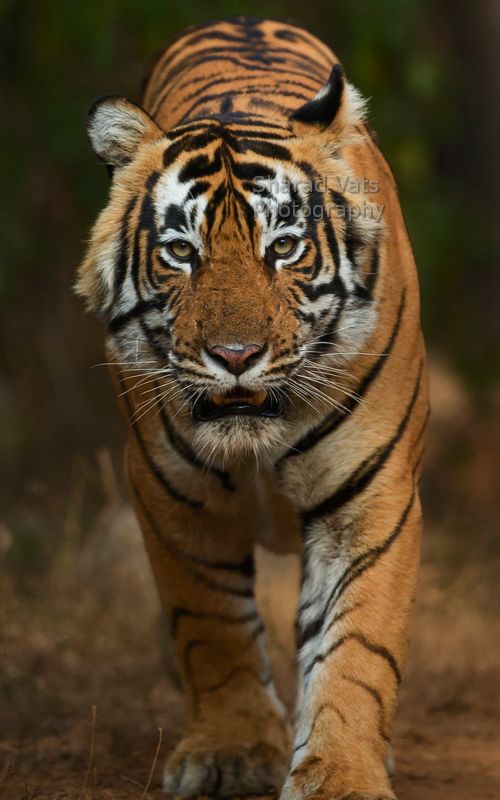
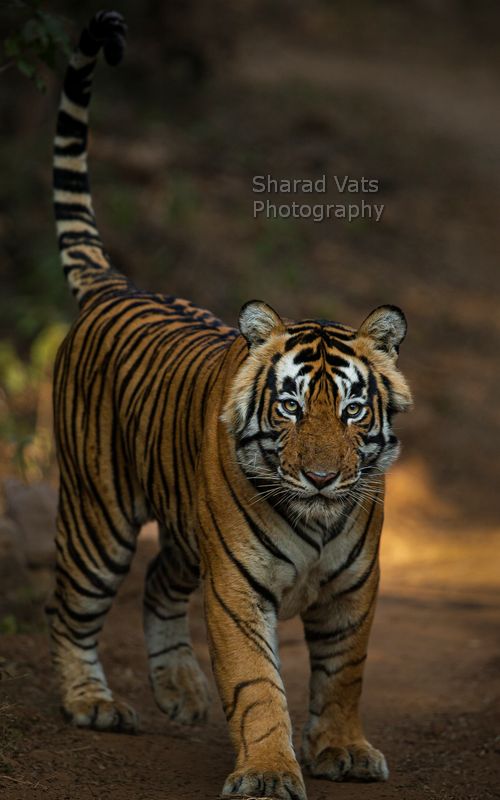
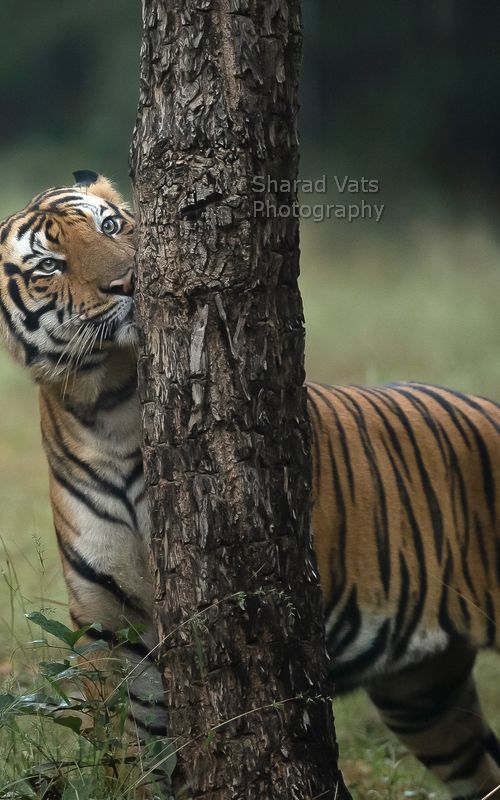
Trip To Corbett National Park : FAQS
Corbett National Park is renowned for its rich biodiversity and is one of the oldest national parks in India. Established in 1936, it is particularly famous for its population of Bengal tigers. The park’s diverse ecosystem, which includes dense forests, grasslands, and a variety of wildlife, attracts nature lovers and wildlife enthusiasts from around the world.
Visitors can experience a tiger safari in Corbett National Park by booking a safari through the official channels managed by the park authorities. There are various zones within the park, each offering a unique wildlife experience. It’s essential for visitors to follow safety guidelines, stay inside designated safari vehicles, and maintain silence to maximize the chances of spotting tigers and other wildlife. Respecting the park’s rules ensures a safe and enjoyable safari experience.
The best time to visit Corbett National Park for a tiger safari is during the winter months, from November to February. During this period, the weather is pleasant, and the chances of spotting wildlife, including tigers, are higher. Additionally, the park remains open during this time, providing visitors with a comfortable and enjoyable safari experience.
Corbett National Park offers a range of activities and attractions besides tiger safaris. Visitors can enjoy bird watching, nature walks, and elephant safaris to explore the park’s diverse flora and fauna. The park also has several watchtowers and viewpoints that provide stunning views of the landscape. Dhikala, a popular tourist complex within the park, offers a unique stay amidst nature, enhancing the overall experience for wildlife enthusiasts.
Enquire Now
Please fill the form below and our team will get back to you within 24 hours with a perfect tiger safari tour package.

